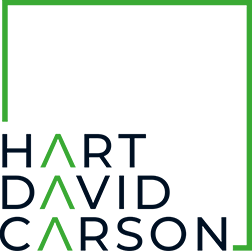Employment and labor litigation has become more common in recent years, and the most unfortunate part of that is the fact that many of these lawsuits can be prevented. Not only can many disputes be resolved outside of court with mediation or arbitration, but there are also numerous measures that employers can implement to either discourage lawsuits or eliminate legitimate legal concerns within their company. Here, we’ll go over a few tips for preventing employment litigation in your company.
Finding the Cause
The first challenge in recovering damages from an aircraft injury is finding the exact cause of the accident itself. Often, these don’t result from one simple mistake. Rather, there are usually several factors involved in an aviation accident, and these may stem from numerous root causes. Common factors that lead to airplane accidents include:
- Airplane design problems
- Manufacturer issues
- Pilot mistakes
- Maintenance errors
- Mistakes on the part of air traffic control
- Violations of FAA or NTSB regulations
- Incursions into the runway
- Poor or flawed equipment
- Inclement Weather
An accident may result from one of these, but more than likely, it will be a few of these working in tandem. Extensive research into the accident is needed to find out how it occurred and why. From there, liability can be determined.
Negligence and Liability
At the core of any personal injury case is the concept of negligence. In short, everyone who designs, builds, maintains, manages, and flies an aircraft is in part responsible for the safety of their passengers, and if one of them fails to uphold that responsibility, they would be considered negligent and should be held liable for any injuries their negligence causes.
Since there are so many factors involved in these accidents, tracing an exact mistake or flaw back to a specific party can be challenging, especially since no one wants to take the blame for these catastrophic events. Manufacturers will try to pass on the blame to operators or engineers, engineers may blame manufacturers, and operators may blame manufacturers, engineers, or circumstances outside their control. Getting a clear idea of who is responsible for an accident can be an uphill battle, which is why careful research is necessary.
Actually Proving Your Case
Once you do have a clear idea of who is responsible for the accident and how then comes the arduous task of actually proving it. Bear in mind that the responsible party (or parties) won’t come out and admit their role in the accident—indeed, they may often believe themselves innocent. For example, a parts manufacturer or designer may not be ready to admit that their product had any significant flaws, at least any that could lead to a catastrophic accident.
Your evidence needs to be as thorough and explicit as possible, and your case needs to be presented in such a way that you leave no reasonable doubt that your injuries are the result of negligence on the defendant’s part. This requires skilled legal counsel and representation throughout every stage of the process. Hart & David can provide that assistance, so contact us to help you with your aviation accident claim.

